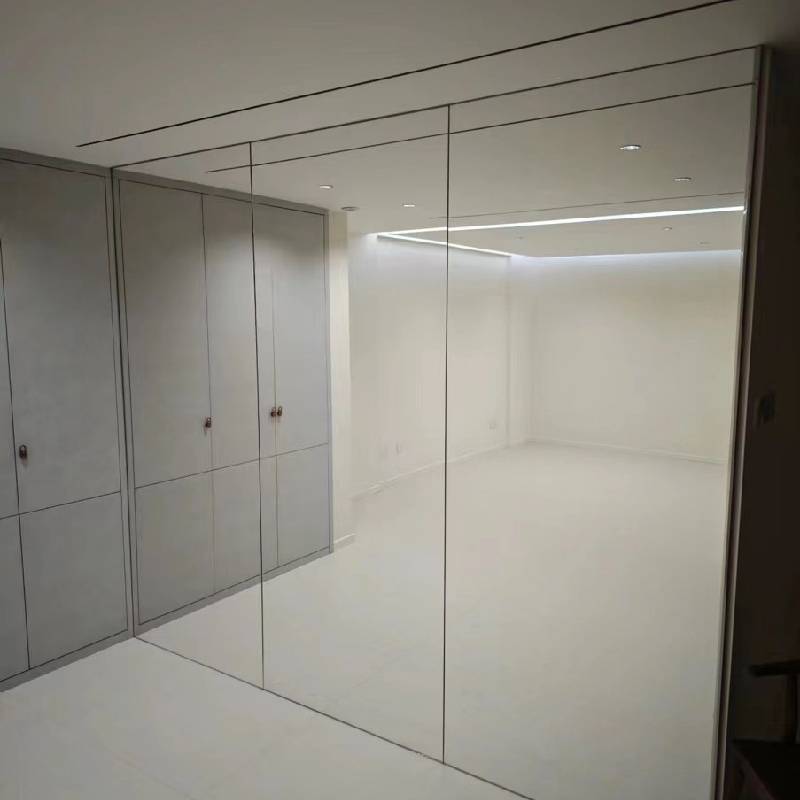

Understanding Single Low-E Glass Benefits and Applications
In the realm of modern construction and energy efficiency, single low-emissivity (low-E) glass has emerged as a vital material in enhancing the performance of windows. This specialized type of glass is designed to reflect heat rather than absorb it, contributing to energy efficiency and comfort within residential and commercial spaces. This article will explore the characteristics, benefits, and applications of single low-E glass.
What is Low-E Glass?
Low-E glass is treated with a microscopically thin coating that reduces the amount of infrared and ultraviolet light that can pass through the glass without compromising the amount of visible light that enters a building. The low-E designation refers to the low emissivity of the glass, meaning it radiates heat more effectively than standard glass. While low-E coatings can be applied to both single and double-glazed windows, this article will focus specifically on single low-E glass.
Benefits of Single Low-E Glass
1. Energy Efficiency One of the primary advantages of single low-E glass is its ability to improve energy efficiency. By reflecting heat back into a room during the winter and deflecting it during the summer, low-E glass helps maintain a stable indoor temperature. This reduces reliance on heating and cooling systems, ultimately leading to lower energy bills.
2. UV Protection Single low-E glass offers a significant reduction in UV radiation, which can cause fading and deterioration of furniture, carpets, and artwork. By preventing excessive UV penetration, low-E glass helps preserve the integrity of interior furnishings, leading to long-term savings in replacement and maintenance costs.
3. Comfort Buildings equipped with single low-E glass often experience enhanced comfort levels. By minimizing heat transfer, these windows can reduce temperature fluctuations, making indoor environments more pleasant regardless of the weather outside. This comfort extends to reducing cold drafts and hot spots near windows.

4. Environmental Impact The cumulative energy savings associated with low-E glass can contribute to a smaller carbon footprint. By reducing energy consumption, buildings can play a role in decreasing greenhouse gas emissions, aligning with global efforts to combat climate change.
5. Cost-Effectiveness While the initial investment in single low-E glass may be higher than that of standard glass, the long-term savings on HVAC costs and the protection of interior furnishings often justify the expense. Additionally, many energy-efficient building programs and incentives can help offset these costs.
Applications of Single Low-E Glass
Single low-E glass is increasingly popular in various building applications. Its energy-saving qualities make it an excellent choice for residential homes, particularly in areas with extreme temperatures. It is also widely used in commercial buildings, where large glass facades are common. This material can be incorporated into windows, glass doors, skylights, and curtain walls, providing versatile options for architects and builders.
Furthermore, in regions aiming for green building certifications, such as LEED (Leadership in Energy and Environmental Design), the use of single low-E glass can significantly contribute to achieving necessary points in energy performance categories.
Conclusion
In summary, single low-E glass represents a significant advancement in energy-efficient building materials. Its unique properties not only foster energy savings but also enhance comfort and protect interior spaces from harmful UV rays. As more architects and homeowners recognize the benefits of this innovative glass, its application across various building projects is likely to expand, further contributing to sustainable construction practices. For anyone looking to improve the energy efficiency of their property, choosing single low-E glass is a wise investment that aligns with both economic and environmental goals.